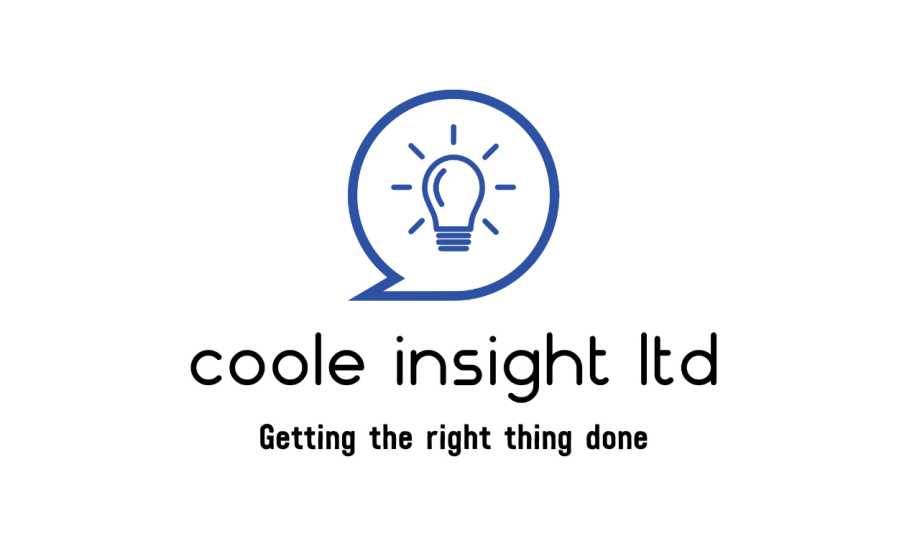
Compassionate Communication Commitment
78% of UK students reported that their mental health worsened during the pandemic, and these challenges have persisted well beyond lockdowns (Mind, 2023). Students now face unprecedented pressures, from financial strain to isolation in digital learning environments. Students today expect more than academic rigour; they seek connection, understanding, and belonging.
It is in this context that compassionate communication becomes a strategic necessity. Originally developed by the Higher Education Mental Health Implementation Taskforce (HEMHIT) and now owned by the Academic Registrars’ Council (ARC), Compassionate Communication in Higher Education sets out five principles for providers to embed into institution-wide processes:
- A culture of kindness
- Mindful communications
- Timely communications
- Inclusivity
- Reflection and Continuous Improvement
At Coole Insight, our work with small and specialist institutions consistently shows that when compassion moves from aspiration to active practice, both students and institutions thrive. We also know that, while valuable practices can be adapted from across sectors, smaller providers face distinctive operational barriers that require practical, resource-conscious solutions.
Conditions of study: a framework for compassion
The Office for Students (OfS) regulatory framework is formed of a series of conditions that providers must satisfy in the interest of securing student success. These include: Condition B1 (Academic experience) ensuring courses are up-to-date, coherent, and effectively delivered; and Condition B2 (Resources, support, and student engagement) ensuring students receive sufficient academic and pastoral support.
The OfS links effective student support frameworks to improved continuation and completion rates (Condition B3 Student outcomes). Compassionate communication can help build the bridges towards meeting these obligations. As one student shared:
"When my lecturer took the time to genuinely listen to my challenges with the course material rather than dismissing them, it completely changed my relationship with the subject. I felt valued as a person, not just as a student number."
Student engagement: listening with empathy
The pandemic revealed the importance of the social aspect of learning. Simply putting lectures online did not constitute an effective learning experience – what was missing was community and collaboration. And yet, very quickly, higher education providers were able to innovate rapidly, compressing years of digital transformation into months. While this was challenging, it also showed the sector what is possible when we're willing to rethink our approach. We now need to harness that spirit of innovation and apply it more broadly.
So, what might this look like in practice? Many IHE members are already at the forefront of new models of delivery, but here are a few ideas the wider sector can consider.
Effective engagement requires sensitivity to diverse perspectives, recognising the richness that different backgrounds bring to education – especially critical as student populations diversify.
Effective engagement strategies include:
- Participatory decision-making: Student representatives in governance structures with real influence.
- Accessible feedback channels: Multiple pathways for student input beyond traditional surveys.
- Transparent follow-up: Clearly communicating how feedback influences change.
Compassionate communication isn't just ethically sound – it can also be financially prudent, especially for smaller institutions
Protecting student rights: clarity and transparency
Students' rights under consumer protection law require transparent, timely, and empathetic communication, particularly during disruptions. The OfS expects providers to communicate contingency plans and remedies clearly. UK higher education research shows that institutions that proactively engage students with clear and compassionate communication reported fewer formal complaints and higher understanding (Office for Students, 2024).
Compassionate communication during challenging periods involves:
- Proactive outreach: Anticipating concerns before escalation.
- Emotional intelligence: Acknowledging the impact on wellbeing.
- Genuine dialogue: Creating space for expressing anxieties.
- Clear pathways: Ensuring students understand available support.
Supporting wellbeing: beyond academic communication
While pedagogical compassion is important and can take the form of modifications to assessment design to help reduce anxiety, compassionate communication must also extend beyond the teaching and learning environment. Institution-wide wellbeing support can be implemented through both low-cost and resource-conscious options. This might include training staff in mental health awareness and listening techniques, creating internal knowledge-sharing sessions, and appointing named communication champions who model best practice. There is much to be learnt from the healthcare sector: The NHS's 'Compassionate Conversations Guide' offers valuable strategies for supporting students in distress through active listening and creating psychologically safe spaces.
Digital transformation and human connection
As digital tools become increasingly embedded in education, institutions must ensure that technology enhances, rather than replaces, meaningful human connection. While automation offers efficiencies, it cannot replicate the empathy, emotional intelligence, and nuanced support that students need to thrive. By balancing automation with opportunities for personal connection, training staff to enhance digital communications with warmth, and maintaining clear pathways for students to access real-life support, providers can embrace the benefits of digital tools while recognising the irreplaceable value of empathetic human interaction.
Challenges and solutions for smaller providers
Practical steps
Immediate actions (0 - 3 months)
- Quick communication review: Spend just one day evaluating your most important student communication touchpoints
- Targeted staff development: Host a single workshop on empathetic communication basics
- Informal student feedback: Use existing meetings to gather quick insights on communication experiences
Medium-term development (3 - 12 months)
- Light-touch policy updates: Add compassionate principles to your most essential policies during regular review cycles.
- Simple metrics: Add 2-3 communication-related questions to existing student surveys.
- Resource sharing: Partner with other small providers to develop shared communication templates.
Long-term embedding (12+ months)
- Recognition moments: Use existing staff meetings to highlight examples of compassionate communication.
- Gradual integration: Add communication skills to job descriptions as positions naturally open.
- Focused measurement: Track just one or two key indicators that matter most to your specific context.
The business case for compassion
Compassionate communication isn't just ethically sound – it can also be financially prudent, especially for smaller institutions:
- Retention: Strong supportive communication can improve continuation rates without expensive retention programmes
- Recruitment: In specialist sectors, reputation for personal support spreads quickly among prospective students
- Risk mitigation: Pre-emptively addresses regulatory concerns, avoiding resource-intensive remedial action
- Marketing: Creates authentic positive stories that strengthen marketing efforts
The journey towards compassionate communication often begins with a single conversation. We owe it to our students to then grow this into an institutional culture.
Tom Ritchie is an Associate at Coole Insight.

About Coole Insight
Coole Insight specialises in supporting independent higher education providers of all sizes to develop compassionate and effective communication strategies that enhance student experience, meet regulatory requirements, and build institutional resilience – all while respecting budgetary constraints.
Access our free resources to begin improving compassionate communication immediately
Contact Coole Insight for a scaled consultation appropriate for your institution's size and budget
Continue the conversation with us on LinkedIn